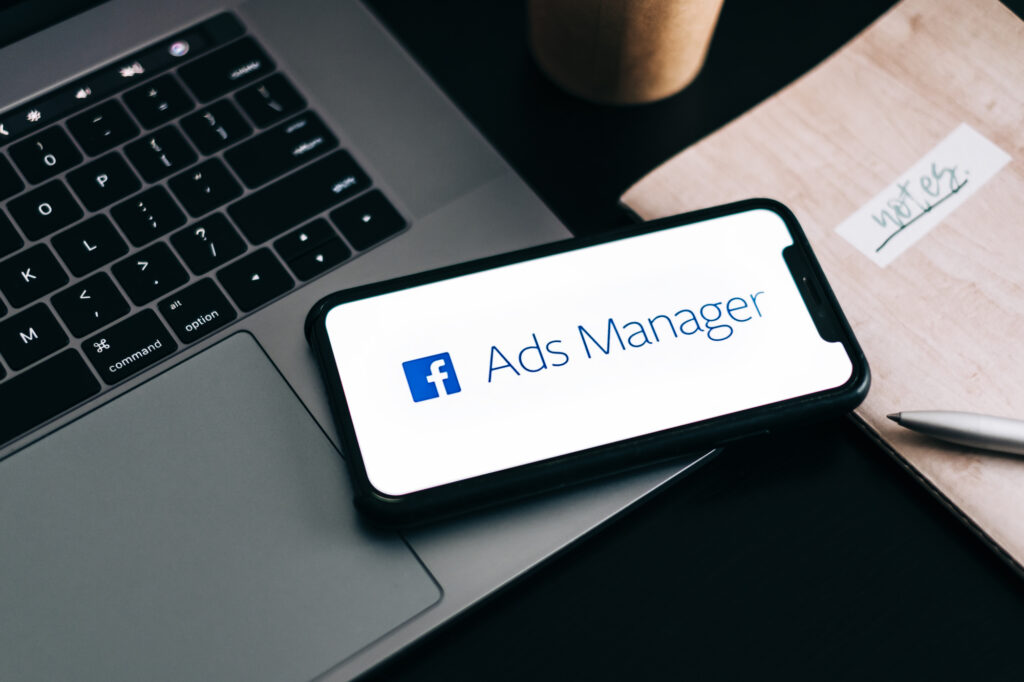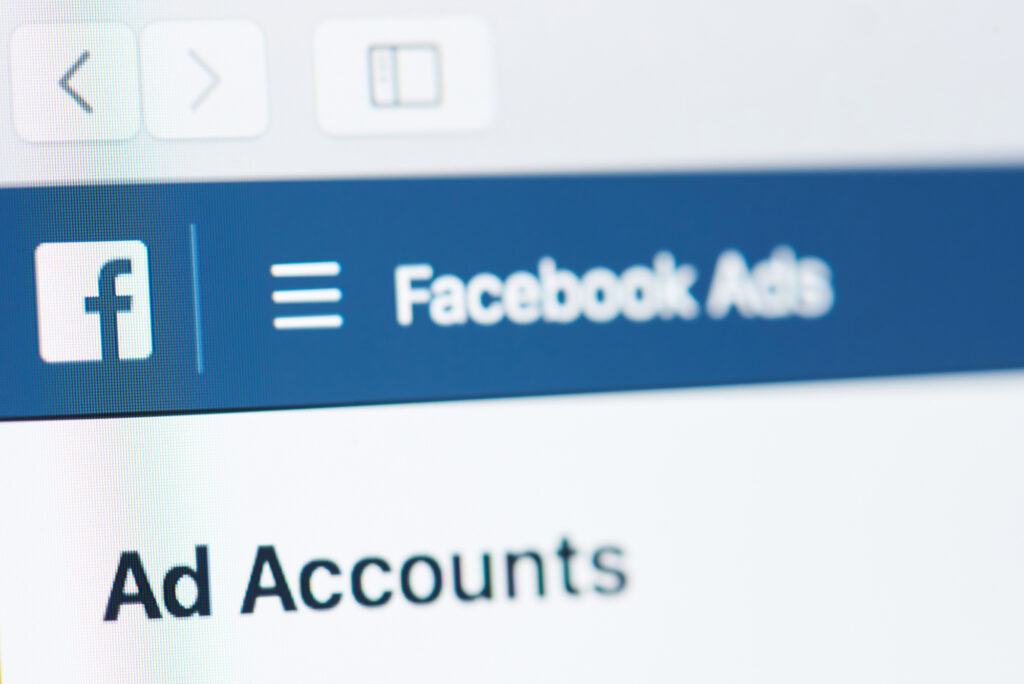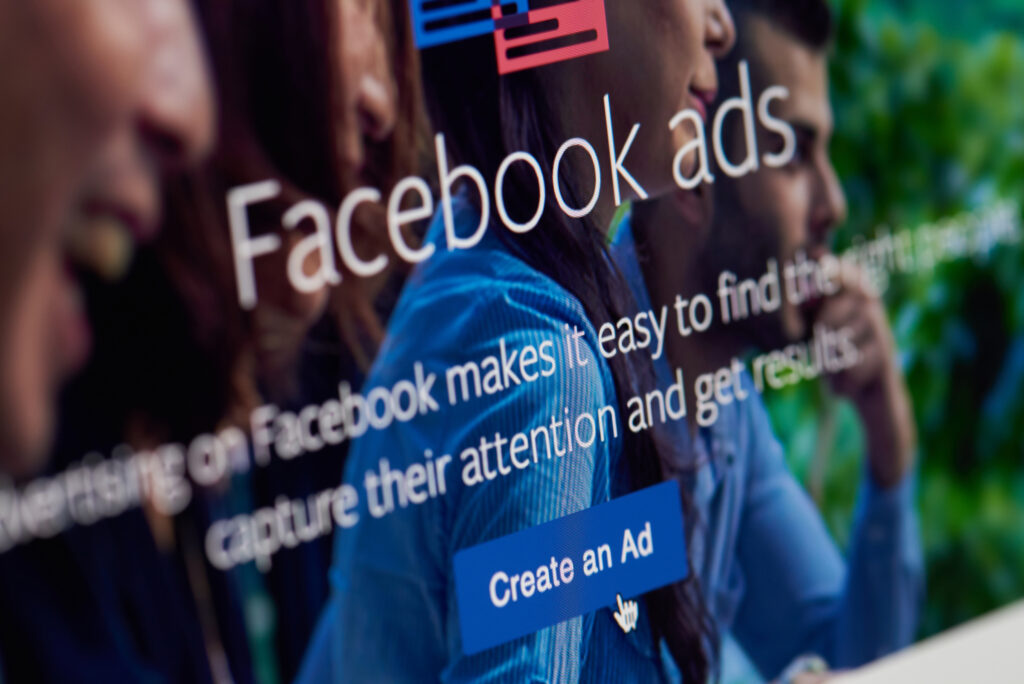I love articles that start with hard facts. I was unable to find reliable data that I felt comfortable sharing. I will instead rely on internal data.

Over the past two years, I’ve audited over 200 SaaS or eCommerce Ad accounts. Many of these accounts had millions of dollars in annual spending. I audited more than 200 SaaS and eCommerce Ad accounts.
There’s a lot of confusion about tracking advertising spend and return on investment.
This article will discuss ROAS and explain why it is so important. This article will also show you how to increase your ROAS.
Let’s get started!
What’s ROAS?
This is the return on advertising spending (ROAS). It shows how much revenue you can generate from advertising.
Take, for instance, a $100 investment in Facebook Ads that generate $500 in revenue. Your ROAS will then be 5 to 1 because, for each dollar you spend, you get $5 back
In contrast, if you invest $500 in advertising and only get $100 back, your negative ROAS ratio would be 1:5. A negative ROAS ratio can also be represented by a decimal or percent. You would have.2 or 20% since you received 20% back on the initial investment.
While the goal is to get the highest ROAS possible, it’s also important to know how to calculate it.
How can I calculate ROAS (Return on Ad Spend)?
Tracking on your website will save you time and help you get the best return on your ad spend
ROAS can also manually be calculated. Simply divide the revenue from ads’ costs by
The most important KPI undoubtedly returns on ad spend. It can also help you to plan your overall strategy. We’ll be discussing this in detail in the next article.
It does not show all the details. This is what makes the difference between ROI (return on investment), and
What’s ROAS? How does it differ from ROI?
ROAS doesn’t equal ROI. ROAS only measures a company’s actual profitability.
We will make it simple for you.
It sounds great to get $5 for every $1 spent, but that assumes there are no other costs.
Let’s go back to the original example. The cost of goods was $100 and you spent $100 on Facebook ads.
Let’s say you’re selling Christmas lights for $50 each. Then you spend $100 on Facebook ads which will reduce your profits to $150.
Once your profit is known, you can calculate your ROI. Divide that amount by the total amount of investment and multiply it by 100 to get your ROI percentage.
It should look something like this:
Divide net profits by investment costs and multiply them by 100%
Despite ROAS being a loss of less than 100%, 42.8% ROI still means that you have made a lot of money.
ROAS: Why Is It Important?
The return on ad spend is a better indicator than conversions and it’s simpler to calculate than the ROI.

Profitability and ROI are vital for any business. This insight allows them to optimize campaigns quickly and maximize the results.
Take, for instance, a company that must achieve a 3X ROAS to make a profit. If you have a ROAS of 5x, your ads will be costing the company money. Keep the good work going!
What is a good ROAS?
A study showed that there was an average ROAS of 287% across all industries.
This is a difficult question to answer. Anyone who claims otherwise is lying.
Profit Margin
Profit margins may vary depending on the company. Some companies sell high-end items with large margins, while others sell lower-priced items.
A company selling high-end medical equipment might only need a 2-3X ROAS to be very profitable. A clothing company may require a 5–6X ROI to be financially viable.
It is also important to understand your margins to determine the ROAS.
Business/Company Goals
Every business has its own goals. Venture-funded startups may place greater emphasis on customer acquisition than conversion volume.
It doesn’t mean you should follow their path. Instead, you should establish goals based on data at your company.
Types of campaigns
Not all campaigns are targeted at direct sales. There may be a return on your advertising investment.
Facebook ads can also be used to promote blog posts or downloadable eBooks. Retargeting may increase your ROAS.
A low ROAS doesn’t necessarily mean your campaign is failing. It is important to keep this in mind before dismissing a campaign solely on ROAS.
ROAS can help optimize lead generation
Direct sales may not be your company’s advertising goal. Companies that rely on lead generation for closing sales will see this as true.
Lead-gen businesses still can track ROAS but will need to be more creative.
There are three options:
- Keep track of the number and value of sales leads. Next, assign the right price to each sale.
- You can assign a static price to each lead based on sales history. To estimate the ROAS, you can also assign a $250 static value to each lead.
- Integrate your CRM to your ad platforms. Some CRMs can integrate with Ad Accounts which allows you to track ROAS accurately with less manual entry.
Many businesses that are focused on lead generation neglect ROAS calculation and instead track ROI. They have to do more work to calculate ROAS. This can cause problems. This can include overhead not related to advertising.
Is it more profitable to earn a return on advertising spend than click-through rates?
CTR and ROAS don’t have to be superior.

The click-through rate (CTR) is the percentage of impressions that have clicked on your ad.
CTR provides information about your ad.
- Relevance to keywords
- How targeted is your ad?
- Display or shopping ads
CTR can help you determine the performance of ad campaigns. However, it is not an indicator of profitability or conversions such as ROAS.
CTR can be used to troubleshoot rather than as a performance indicator. It is important not to ignore CTR. CTR can be used to identify and fix issues, which will improve overall performance.
Ads might receive 5000 clicks, but only a 1-5% ROAS. Combine ROAS and CTR metrics for the answer.
High CTRs and low ROAS are signs of a problem on your landing page.
Low ROAS doesn’t necessarily mean you need to edit your ads. You should also examine the performance of landing pages.
How to increase your return on ad spend
Now, imagine that you have created your campaigns and are tracking them properly. If your ROAS is lower than 1.00, it means that you are losing money.
Take deep breaths, don’t panic, and then pause all ads. You might be able to save your campaign even though it goes wrong.
7 tips from experts to get you back on track.
#1 – Review Tracking Accuracy
Double-check all tracking before making major changes.
It’s crucial to accurately track ROAS. A highly successful campaign can be accidentally ended
Trust me. Don’t be one of them.
Take some time to look at your track.
These steps are what we recommend:
- Make sure you set up all tracking tags correctly
- Allow partial credit to be applied to all ads that participated in the conversion process.
- To calculate a ROAS calculation manually, you must first isolate the costs of paid traffic and any purchases that resulted.
These steps will help eliminate errors in your tracking. If your ROAS is low, you can go to the list.
#2 – Optimize Your Landing Pages
The conversion rate of your ad is a major factor in conversions. Higher conversions can reduce the cost per acquisition, increase conversion volumes, and improve ROAS.
A landing page is a good place to start.
Increasing conversions at lower prices are the goal. This will increase your ROAS quickly and make your business more profitable.
#3 – Fight Ad Fatigue
During the launch of new ads, your campaign might see a 5-6X ROAS increase. This can last several weeks before gradually decreasing.
Ad fatigue refers to when your audience gets bored with your ads.
It’s easy to fight and that’s a great thing. Keep the ads coming in the funnel with new, fresh ads.
Know when you should refresh your ads. You can lose performance if your ads are changed too fast.
Make sure your ads are in the learning phase before you start thinking about a refresh. You should also ensure that your ROAS decreases.
Setting a minimum ROAS for each campaign is a smart idea. This will make it easy to determine if a refresh is needed.
#4 – Increase your targeting
It is hard to sell hamburgers to vegans. The same applies to your PPC ads.
Targeting the wrong audience can make even the most powerful ads fail.
To pinpoint your audience’s demographics, you need to identify their personas.
These are our top picks
- Hotjar Surveys: This tool lets you ask your visitors any question you want and collects the answers in an intuitive dashboard.
- Facebook Audience Intelligences: View the demographics, interests, and other information of people who have followed your page.
- Contact: Start a conversation with thousands of customers and get their feedback.
There are many targeting criteria available on different platforms. Now it’s just a matter of filling out the forms.
Bonus Tip – Take a look at our complete guide for Facebook ads that target. This will increase your ROAS.
#5 – Create Retargeting Campaigns
Who is the most likely person to click on your ads and convert?
People who are already familiar with your brand. This includes email subscribers, past visitors, and those who have engaged on social media.
According to Criteo, retargeted visitors have 43% more conversion rates. WordStream also discovered that retargeting campaigns had 47% lower conversion costs.
Retargeting can be a powerful strategy for increasing ROAS.
Bonus tip – Targeting the right platform is equally important. LinkedIn Retargeting B2B marketers will experience more success than with TikTok.
#6: Increase the Average Purchase Price
This is an effective way to increase conversion and keep costs down.
These are our favorite tactics:
- An upsell can be added at checkout
- Instead of selling one item, sell a bundle.
- For larger orders (i.e. You get free shipping for orders over $100
- You can get 10% off if you spend $75.
Increase the lifetime value of your customer by increasing their purchase price. Customers who are more valuable to you than your competitors can be acquired for more.
#7: Reduce the price of your ads
Your ROAS could be doubled if you have $10 per click.
This is not always possible. However, it can mean a long journey ahead. Too many options exist to list them all here.
These two tips are my top picks for cutting CPCs.
Negative Keywords and Placements
Filters can be used to find and remove keywords, audiences, places, or any other targeting criteria that do not meet your performance standards. These filters can be used for finding keywords that have not been converted but spent money on.
Increase Relevance factors
Three data points are used by Google Ads to score advertisers. These are the expected click-through rate and ad relevance as well as landing page experience. A higher score of 1-10 means you will get paid less.
Facebook Ads still uses the three same rating systems: Engagement Rate Ranking, Quality Ranking, and Ranking. Conversion Rate Ranking can also be used. Your ads will appear more often if these ratings are higher than before.
ROAS Conclusion
It is important to track the return on ad spending. This is how much you make from ads and how much you spend.

You want to make more than you spend. This is particularly true for companies that sell online with trackable conversion rates.
You should also consider other stats. ROAS tracking can provide more insight into your account when combined.
Advertising success depends on conversions and conversion values. Conversion rates are also used to evaluate landing page performance.
The best marketers have a holistic view of advertising metrics. This will enable you to identify potential opportunities and achieve the best results.
This is it for now. Let us know if you have any questions.